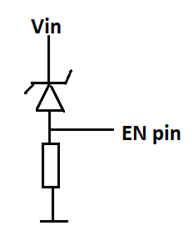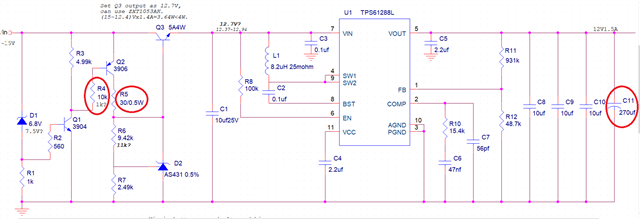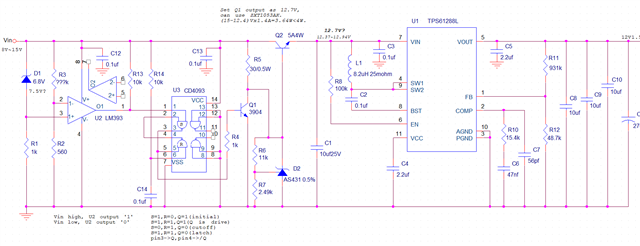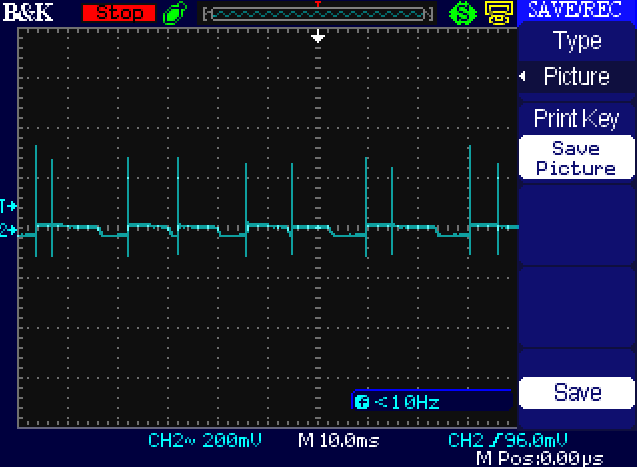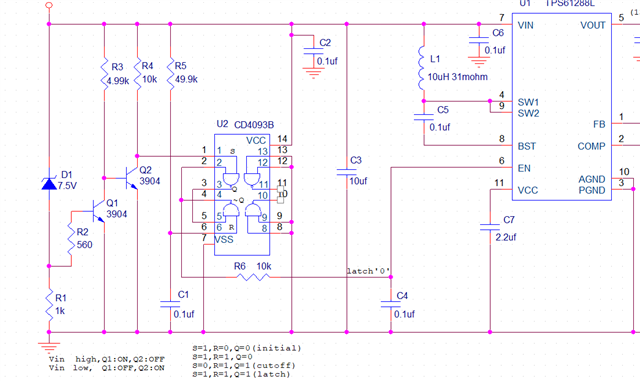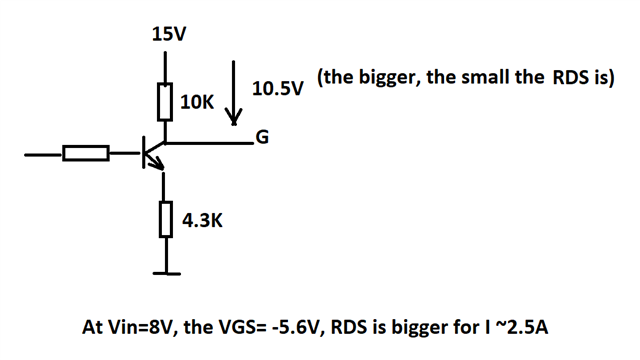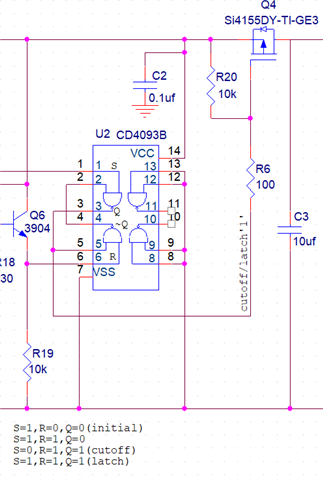Other Parts Discussed in Thread: TPS552892, ,
Hi,Fergus:
I see a light of solving the Issue. The clamp circuit doesn’t have enough drive ability to drive Q3.
I add a 10ohm resistor on AS431 cathode and reduce the serial resistor R5 from 300ohm to 100ohm. The voltage cross 10ohm only 49mV@Vin=15V, and 0.2mV@Vin=7.4V.
I use a PNP transistor to amplify the output current, see attachment. It works when Vin=9.5V~15V. still have issue at low end, because the current flowing Q3 is bigger and low Vin can't provide enough output current.
The next step: I will use a Darlington PNP to get bigger current gain, hope it will work.
I though to move the clamp circuit at output side, Because Vout is >12V, it's easy to handle parameters. and use EN pin to cut-off when Vin < 8V. However I don't know the details of customer side LED drive circuit. It has risk when project released, it has issues.
Would you please give your suggestion for my modified schematic.
Thanks.
Chang



